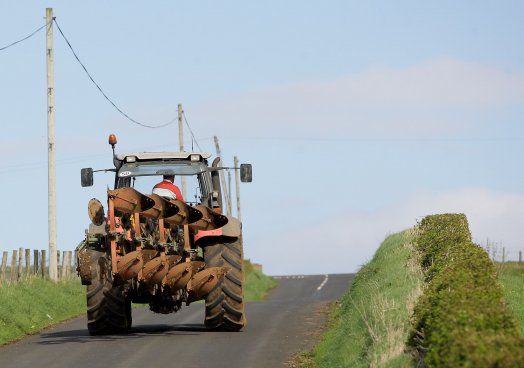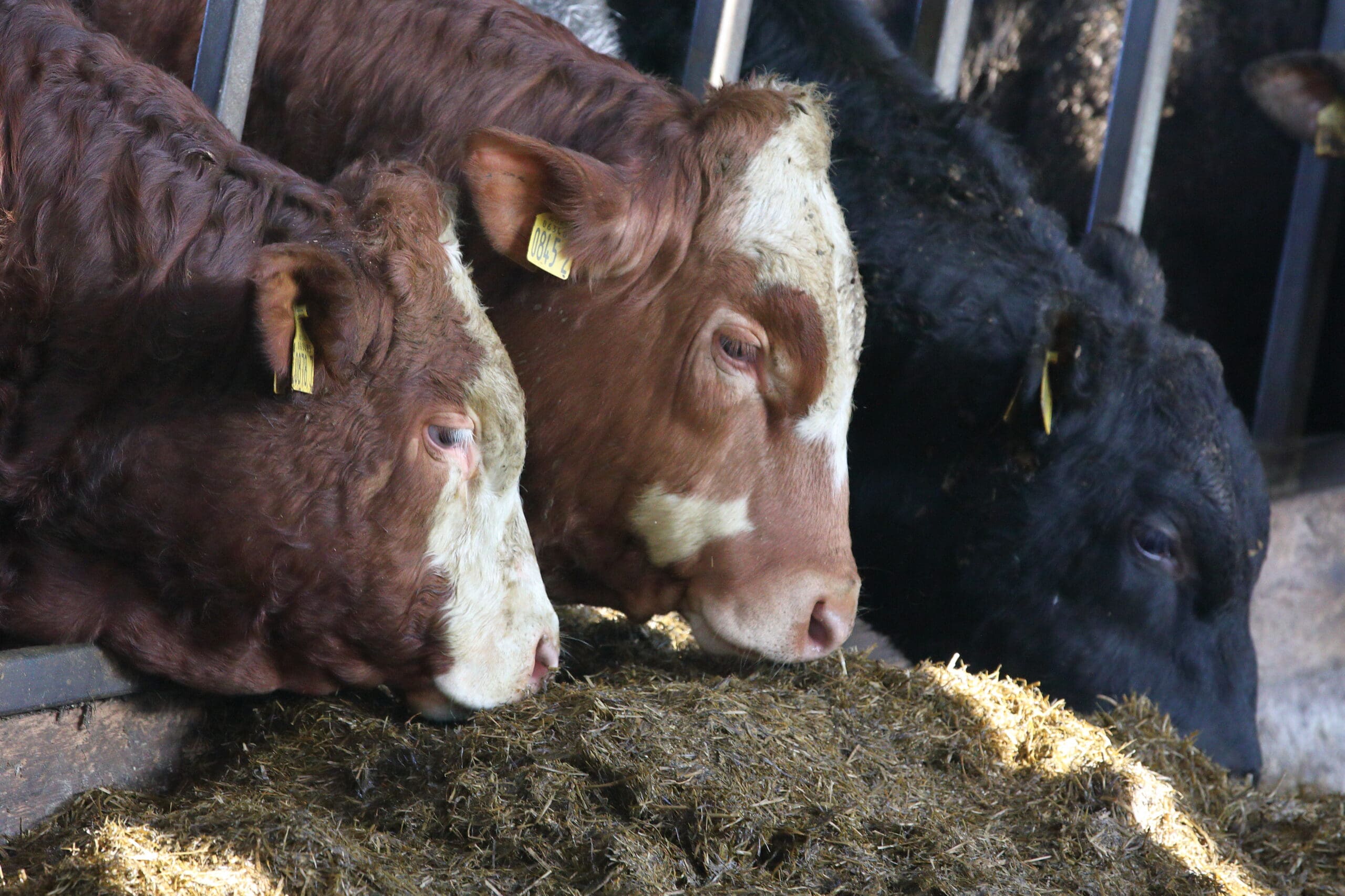
Commodity Watch – Bringing Tractor Regulations up to Speed
In October of 2014, the Department for Transport in England announced that the speed limit for tractors and combinations would be increased from 20mph to 25mph, and the weight limit from 24,390kg to 31,000kg from Spring 2015 in Great Britain. These changes are long overdue and represent a welcome recognition by the UK Government that regulation must keep pace with changes in technology. Speaking at that time on the announcement of the new rules, Parliamentary Under-Secretary-of-Sate for Transport, Claire Perry said that:
“Britain’s farmers have long suffered under out-dated rules which simply have not kept up with today’s technology. These changes will mean farmers can carry more produce in each journey – delivering benefits of almost £62 million per year. Helping our farmers is a crucial part of the government’s long-term economic plan and updating the rules to better reflect the capabilities of modern machinery will boost the efficiency of the farming sector and the economy.”
Now, the Department for the Environment and Department for Regional Development in Northern Ireland are considering bringing similar measures in for Northern Ireland. While this is welcome news in so far as it goes, there may well be a sting in the tail of this issue. Although a change from 20mph to 25mph and from 24390kg to 31000kg is welcome, it may well be only a first step. in deed, the UFU understand that the DfT in England are now working on proposals to further increase the speed and weight limit for tractors and combinations, but also the introduction of an MOT-style roadworthiness test for tractors in GB in 2016. Although these further steps are still only possibilities the agricultural industry needs to consider this in the long-term.
The proposed increase from 20mph-25mph speed limit and 24390kg-31000kg are welcome, and will provide a benefit to farmers as the rules currently in place are decades old and unfit for purpose, however, a cost/benefit analysis of any further increase at some stage in the future needs to be carefully considered- particularly if consequential vehicle testing is to be brought in. Would farmers really see any noticeable benefit in being allowed to carry heavier loads at higher speeds if they have to pay for regular testing and increased maintenance costs? Given the fact that many farmers use tractors and equipment which are older, slower and smaller and do not make regular long journeys on the road it is perhaps doubtful if there would be any financial gain from this. Given that many of these older tractors are not capable of speeds greater than 25mph it is questionable if testing these vehicles would be a good investment of either private or public money.
On the other hand, agricultural contractors, who use state-of-the-art equipment at higher intensity may well notice their efficiency rising with increased speed and weight limits as they will be able to do jobs more quickly- off-setting any cost of testing and hopefully providing a benefit for the farmers who hire their services. It is also worth exploring if new tractors would be exempt from testing in the same way as cars are.




